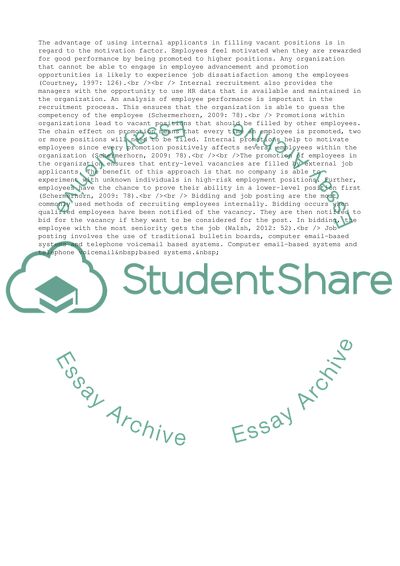Cite this document
(Human Resources Management and Recruitment Techniques Term Paper, n.d.)
Human Resources Management and Recruitment Techniques Term Paper. Retrieved from https://studentshare.org/management/1599598-human-resources-manangement
Human Resources Management and Recruitment Techniques Term Paper. Retrieved from https://studentshare.org/management/1599598-human-resources-manangement
(Human Resources Management and Recruitment Techniques Term Paper)
Human Resources Management and Recruitment Techniques Term Paper. https://studentshare.org/management/1599598-human-resources-manangement.
Human Resources Management and Recruitment Techniques Term Paper. https://studentshare.org/management/1599598-human-resources-manangement.
“Human Resources Management and Recruitment Techniques Term Paper”, n.d. https://studentshare.org/management/1599598-human-resources-manangement.


